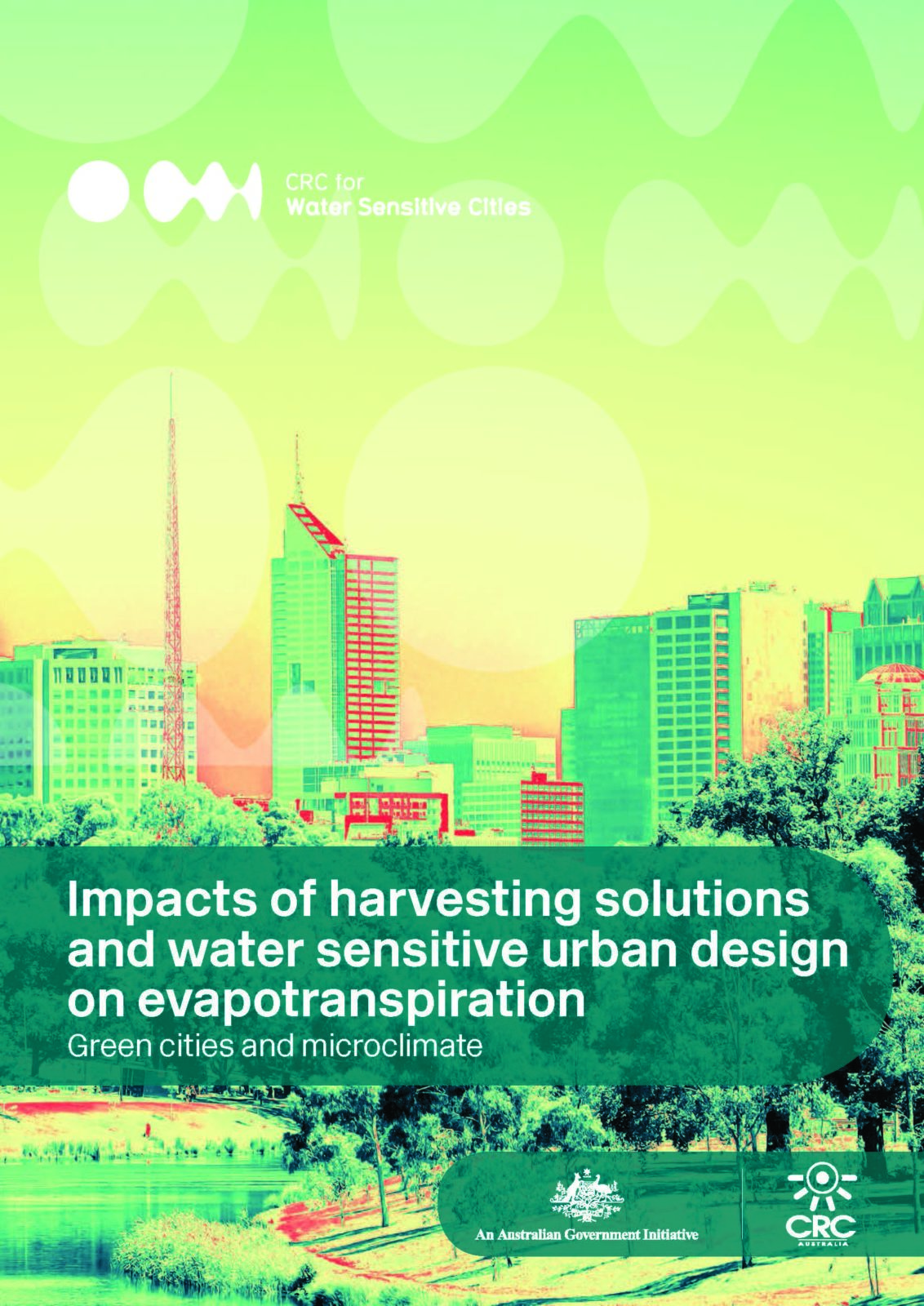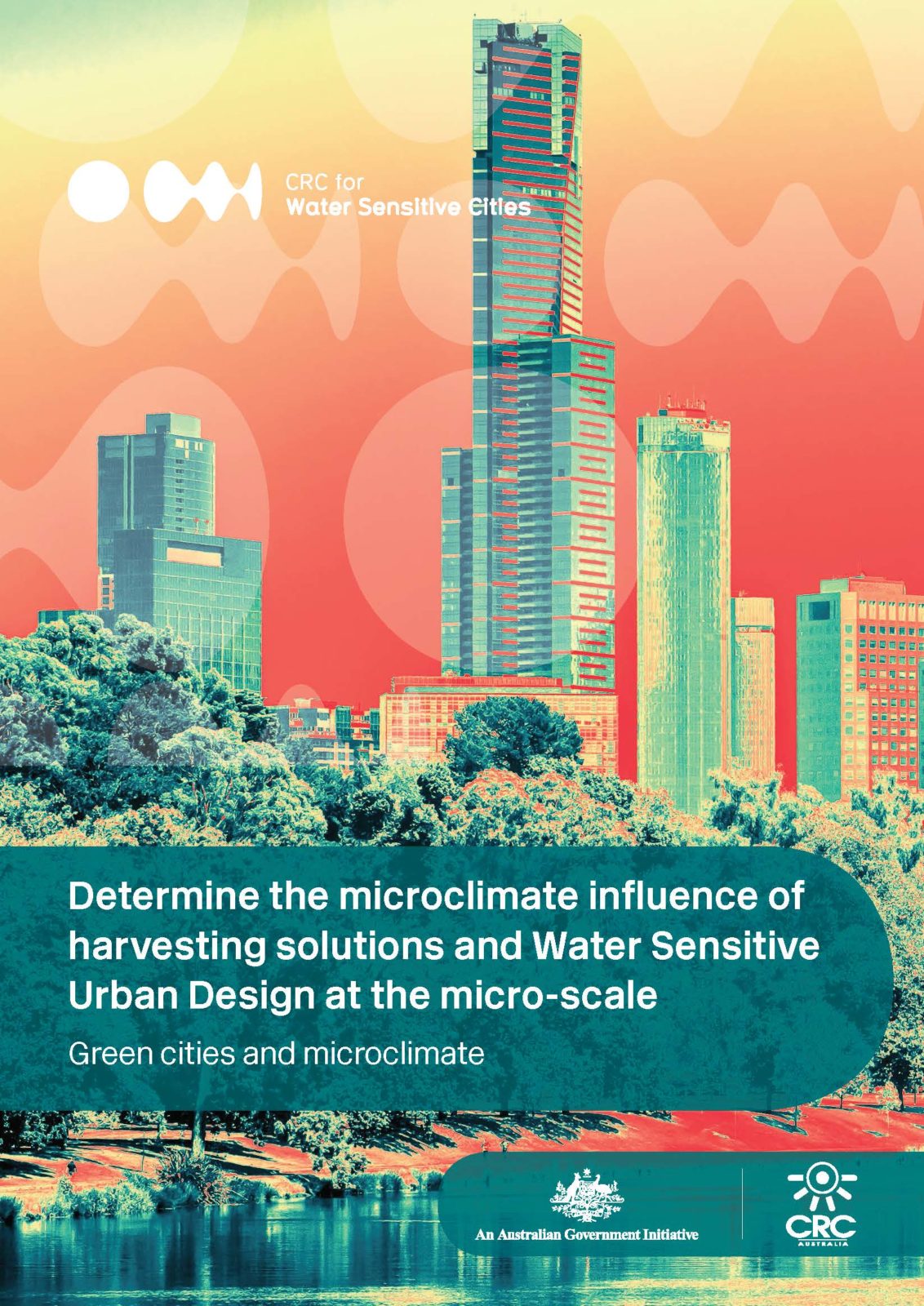New publications: Green Cities and Microclimate
Two reports by the CRC for Water Sensitive Cities explore the effect of urban development on natural hydrology and the benefits of climate sensitive urban design on maintaining suitable temperatures for human habitation.
Part of research outputs from Cities as Water Supply Catchments: Green Cities and Microclimate – (Project B3.1), the second and third reports in the Green Cities and Microclimate series are titled The impacts of harvesting solutions and water sensitive urban design (WSUD) on evaporation and the water balance and feedbacks to urban hydrology and stream ecology and The impacts of WSUD solutions on human thermal comfort.
The harvesting solutions and WSUD report focuses on how urban development modifies the urban water balance and its links to the urban surface energy balance – which is fundamental to the development of urban climates. This report also explores the impacts of urban water management that may lead to an increase in evapotranspiration, and thereby alter the surface energy balance to improve urban climates.
The human thermal comfort report looks at the ‘thermal comfort’ component of urban design, and the role of WSUD in achieving climate sensitive streets, neighbourhoods and cities. Using a mix of observational, remote sensing and climate modelling approaches, research is beginning to reveal the potential benefits of WSUD and urban greening, and provide guidance on their implementation.
Research findings in the report included:
- Currently, extensive green roofs are designed with thin substrates or soil profiles and planted with drought tolerant Sedum species. While this may support stormwater management objectives of reducing roof water runoff, it does little for improving urban climates. By irrigating green roofs from a sustainable water source, a wider variety of plant species can be used and increase the cooling efficiency of green roofs. Green roofs can support high evapotranspiration rates if they are irrigated, and need to be moist on days when atmospheric cooling via evapotranspiration is most needed: on warm and sunny days.
- Biofiltration systems can support evapotranspiration in urban areas based on climate modelling results, and increases as the cover of systems increases up to a surface cover of around 35%, after which additional increases in evapotranspiration begin to diminish. To maximise the evapotranspiration from biofiltration systems, they should include vegetation (especially trees) and loam soils. Research also highlighted that additional benefits could be achieved by supported a biofiltration system with a supplementary irrigation system (rainwater tanks) and can support vegetation health.
Download 'Impacts of water sensitive urban design solutions on human thermal comfort' here.
Download 'Impacts of harvesting solutions and water sensitive urban design on evapotranspiration' here.
Download 'Determine the microclimate influence of harvesting solutions and Water Sensitive Urban Design at the micro-scale' here.


